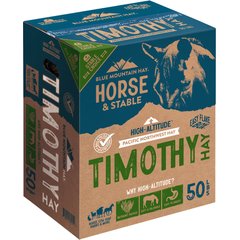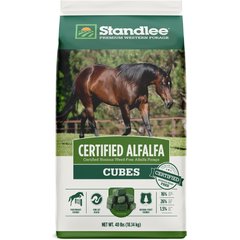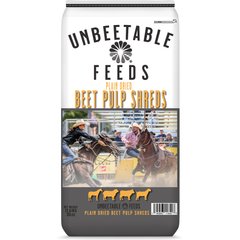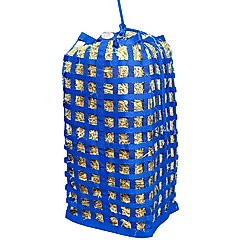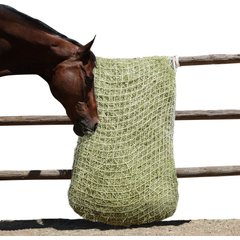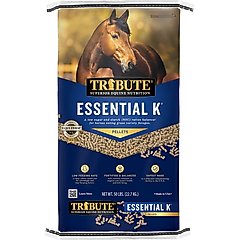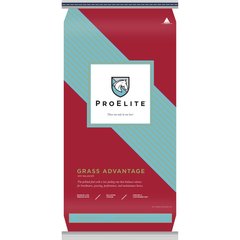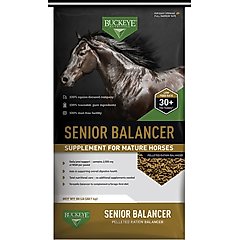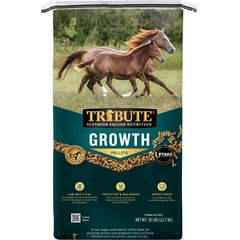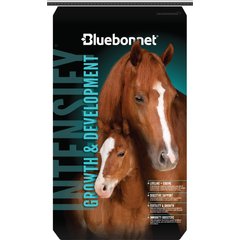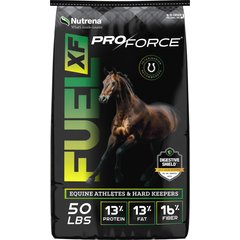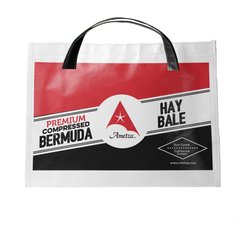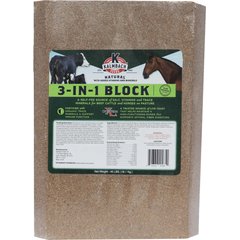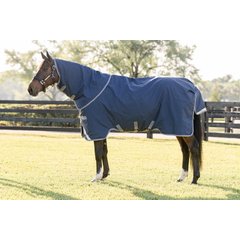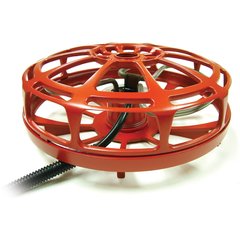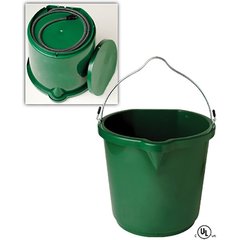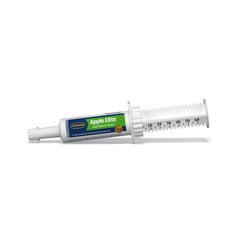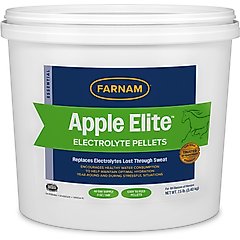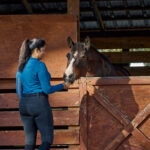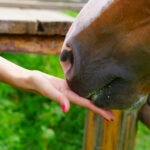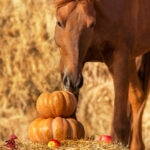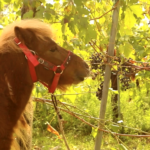How To Transition Horses Off Pasture Safely
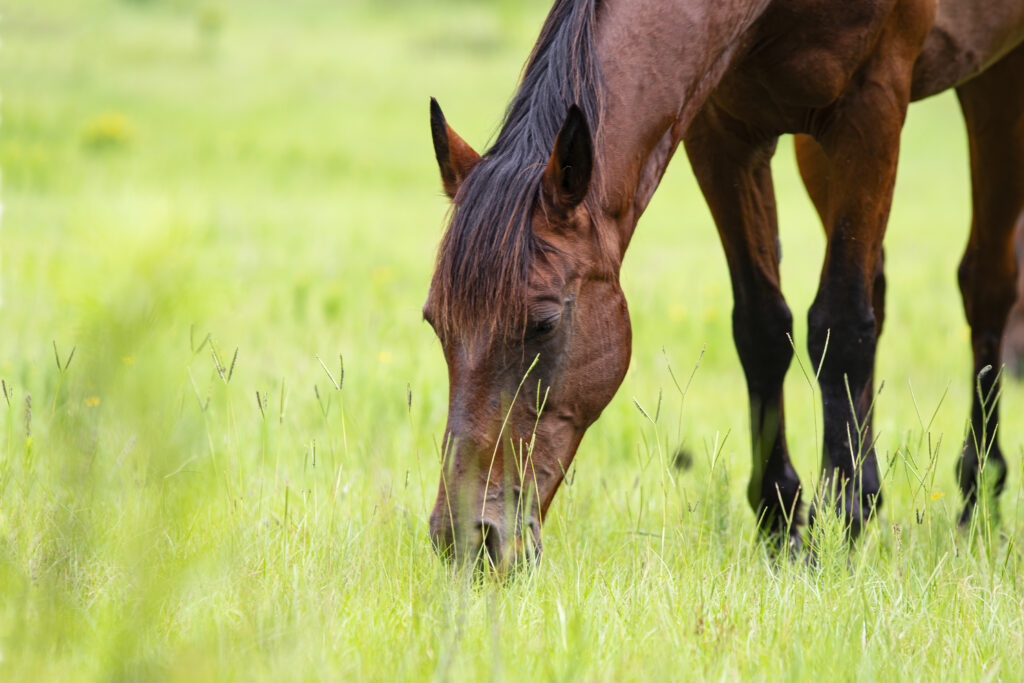
Photo by Jacqueline Nix/iStock / Getty Images Plus via Getty Images
Grazing fresh pasture is ideal for many horses’ digestive health—and your wallet. But as the seasons change, so does the quality and quantity of grass. Winter pastures often go dormant, offering less nutrition and limited forage.
To keep your horse healthy through the colder months, it’s important to gradually shift from a pasture-only diet to one that includes hay, concentrates, and essential nutrients. Here’s how to make that transition safely.
Key Takeaways
- Pasture grass goes dormant in colder weather, and contains less nutrients.
- It's important to transition horses off pasture, not only for their digestive health but also for the health of the grass long-term.
- Ration balancers can offer horses the nutrients they're missing from being off pasture for the season.
Understanding Seasonal Changes in Pasture Grass
Pasture grass quality shifts with the seasons and maturity of grass. According to Devan Catalano, PhD, equine extension specialist at Colorado State University, fresh pasture is the “gold standard” for horse diets: It’s economical and natural.
But in winter, pasture grass goes dormant and stops growing, making it an unreliable food source. Catalano notes the two main reasons to transition horses back to hay during this time:
- Not enough forage: Without intensive management, winter pasture likely won’t provide enough forage.
- Low nutrient levels: Dormant grass contains less crude protein, sugar, and NSCs (nonstructural carbohydrates) compared to actively growing green grass.
Fiber content appears to increase, but only because everything else goes down, says Catalano. Digestible energy drops as well.
Mineral content remains fairly stable, but vitamin content also decreases in dormant grass. When temperatures hit 28 F (also called a “killing frost”) for more than a couple of hours, plants go fully dormant.
During the fall, after a killing frost but before the grass is totally dormant, experts recommend waiting seven days to have your horse graze again. Nutrients, particularly carbohydrates, can get trapped in the leaves during this time and can cause elevated sugar levels immediately after a frost.
Once fully dormant, grass offers little nutrition. During this period, most horses will need supplemental roughage, such as hay, hay cubes, or beet pulp—especially horses with dental issues who struggle with long-stem hay.
Recommended Products
How To Transition Your Horse Off Pasture
Follow these steps to safely transition your horse off pasture and protect long-term pasture health:
- Monitor pasture health early. Start watching for signs of slowed growth in the fall. Avoid letting horses overgraze down to the crown of the plants, says Catalano.
- Begin feeding hay about two weeks out. A few weeks before pasture is depleted, start feeding hay to ease the transition.
- Offer hay before turnout. If your horse is stalled or kept in a dry lot, feed hay before they go out to pasture. This reduces their grass consumption.
- Place hay in the pasture for 24/7 grazers. For horses always on pasture, scatter hay bales in the field. You can also use hay nets to slow feeding and provide stimulation.
Recommended Products
- Move horses when grass is 3–4 inches tall. Don’t wait until it’s grazed to the roots. Ideally, leave 5–6 inches to support healthier regrowth and soil protection.
Supplementing the Equine Winter Diet
Feed and Ration Balancers
Forage should make up the bulk of your horse’s diet, but Catalano recommends feeding a ration balancer year-round to supplement grass nutrient deficiencies—like a daily multivitamin concentrated with protein, vitamins, and minerals.
Try Tribute Equine Nutrition Essential K Low-NSC Horse Feed.
Recommended Product
Pasture grass alone typically lacks key nutrients, especially trace minerals like copper and zinc, says Catalano. Because grass isn’t naturally formulated for equine needs, supplementation helps provide a balanced diet. Ration balancers also offer calcium, phosphorus, and essential vitamins such as A and E—especially critical when hay replaces fresh pasture.
Recommended Products
Nutrient requirements shift depending on a horse’s life stage, says Tanja Hess, MV, MSc, PhD, a veterinarian, nutritionist, and professor of Animal Sciences at Colorado State University:
- Growing horses need more protein, such as in Tribute Equine Nutrition Growth Pellet Low-NSC, Molasses-Free Horse Feed.
Recommended Product
- Lactating mares need good quality forage, plus grain concentrate designed for pregnant and lactating mares like Bluebonnet Feeds Intensify Growth & Development Low Sugar, Low Starch Horse Feed.
Recommended Product
- Performance horses and racehorses may also need a concentrate because of their workload. Nutrena ProForce Fuel XF Horse Feed is a solid option.
Recommended Product
Hay
Hay quality can vary, so testing it periodically helps you understand what nutrients your horse receives. You don’t need to test every batch, but occasional checks may be helpful.
Experts recommend horses consume 2% of their body weight in feed daily. Always ensure hay is clean and free of mold, dust, trash, and other hazards.
Recommended Product
Horses always need sodium chloride (salt) year-round to support hydration, especially in the colder months. Always offer salt; if your horse doesn’t voluntarily consume salt, try top-dressing their feed.
Recommended Product
If you’re unsure how best to supplement your horse’s diet in the winter, reach out to an equine nutritionist or your veterinarian for assistance.
How To Manage Horse Body Condition in Winter
As colder months roll in, you’ll want to regularly check on your horse’s weight and eating habits.
- Check body condition regularly. Use the Henneke body condition scoring system (BCS), which rates fat and muscle distribution from 1 (emaciated) to 9 (obese). Aim for a score between 4 and 6, says Catalano.
- Adjust feed for hard keepers. Senior horses, performance horses, and others who struggle to maintain weight may need concentrated or complete feeds in winter. Avoid adjusting feed levels dramatically with temperature changes to prevent issues like colic, says Catalano.
- Watch senior horses closely. Monitor chewing and look for signs like quidding (dropping food). Undigested hay in manure may indicate they need easier-to-chew options like chopped forage, cubes, or beet pulp. Make sure your senior horses’ teeth are floated twice a year to make sure they’re able to chew as effectively as possible.
- Consider metabolic horses. For horses that struggle with metabolic issues such as insulin resistance, you’ll find more concerns in the months with lush pasture grass. Over the winter, you can keep their diet more consistent in quality with portioned hay as the base.
- Feed portions carefully. Free choice hay is ideal for most horses in winter, but you don’t need to feed as much extra hay as you might think. “We’ve been taught to feed more when it’s cold outside, but you really don’t need to,” Catalano says. No matter how much you’re feeding, be sure to weigh your concentrate and hay, rather than using a scoop or estimating with flakes of hay.
- Keep a log of observations. Regardless of your horse’s age or conditions, check underneath their blankets and run your hands over your horse’s body every day to make sure they aren’t losing weight under their fluffy winter coat.
Recommended Product
Also, observe them eating and watch their behavior to watch for any issues with chewing or eating.
Horse Shelter and Pasture Management in Winter
If your horse lives in a pasture—in warmer months or cooler—do the following:
- Provide a shelter. If a formal shelter isn’t available, ensure there are windbreaks where horses can escape cold winter winds. Shelters should be large enough to accommodate all horses during a storm.
- Stable your horses during storms but make sure horses can interact and see each other.
- Remove manure from your pastures if possible to help preserve the grass.
Prioritizing Water Access and Horse Hydration
Fresh, cool water must be available to horses at all times. A dehydrated horse can quickly develop impaction colic.
If you live in an area where temperatures frequently drop below freezing:
- Purchase electric heaters or heated buckets to prevent the drinking water from freezing solid.
Recommended Products
- Break ice daily.
- Do not depend on a creek or lake as the only source of water for your horses.
Encourage water intake with salt or horse electrolytes top-dressed on your horse’s feed, always keeping at least one source of water clean and electrolyte-free.
Recommended Products
Overall, while the nutrient levels and abundance of grass in pastures dips in cooler months, there’s no need to fear if you transition your horse to a high-quality hay and appropriate concentrate. By following the above steps, you can ensure they receive all the dietary elements needed to keep them healthy and comfortable all winter long.
